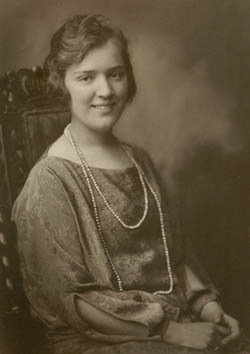| Hans Christian Andersen and Music | Studies from Nature |
|
Nearly all the famous Danish composers have set Andersen texts to music. This also applies to prominent names such as C.E.F. Weyse, Niels W. Gade, J.P.E. Hartmann and Carl Nielsen. Andersen’s text “Solen skinner i Naboens Gaard“ (“The Sun is shining in the Neighbour’s Farmyard”) has inspired Nielsen to one of his few romance-like songs.
The text
In 1831 Andersen grouped the poem with two others so as to form the first of three ‘studies from nature’, which were published on 10th January 1831 as part of the collection of poems called Phantasier og Skizzer (Fantasies and Sketches). In later collections of poems, however, it was also published separately. Phantasier og Skizzer was dedicated to H.C. Ørsted, whom Andersen in this way thanked for his support and encouragement during his schooldays and gradual entry into the cultural life of Copenhagen. The music
Carl Nielsen mainly cultivated the simple song in which the accompaniment fully supports the melody voice. He wrote most of his romances in the years prior to 1915, but Studies from Nature belongs by its nature also to the simple type. Carl Nielsen’s description “light, monotonous and thoughtless” indicates the basic mood of the poem, where the almost constant quiveringly fast accompaniment conveys the warmth and drowsiness in this picture of the farmyard and the garden. At the same time the melody itself does not really move so very much, but remains in passages within a third. And so Nielsen ends by repeating these very lines “the children lie in the sun / sleep sinks over them”. The only thing that may disturb the peace a little is the crowing cock, which is clearly discernible in the music. [ [ [ |
 The singer Sylvia Schierbeck has sung Studies from Nature on various occasions, among them in 1926 to the accompaniment of the composer himself and that same year in a version with orchestral accompaniment arranged by her husband, the composer Poul Schierbeck.
|
